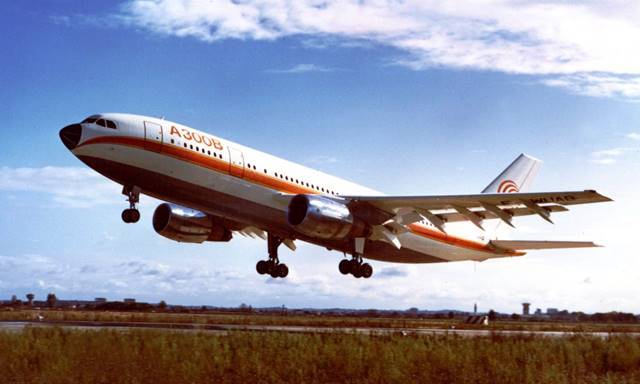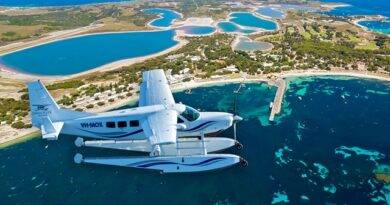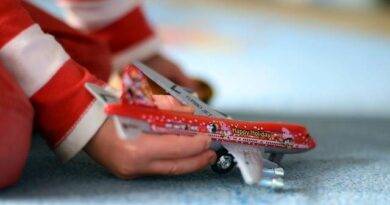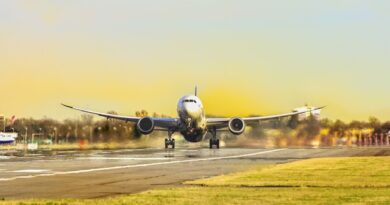Effects of Flaps on Takeoff
Flaps are movable panels on the trailing edge of an aircraft’s wings that can be extended to increase lift and reduce takeoff speed. This is done by increasing the camber of the wing, which means that the wing is more curved. The more curved the wing, the more lift it generates at a given angle of attack. A lower takeoff speed means that the aircraft can take off in a shorter distance. This is important for aircraft that are operating from short runways, such as those on small airports.
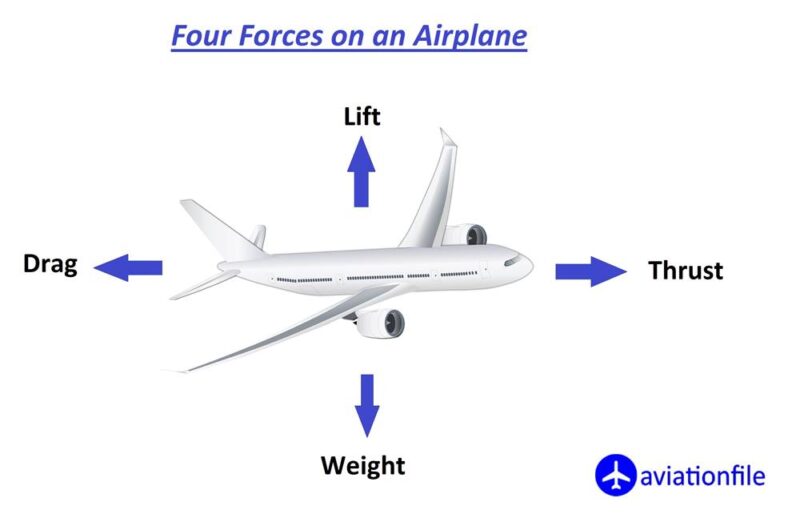
- Reduced takeoff speed: Flaps reduce the takeoff speed of an aircraft by increasing the lift coefficient of the wing. This is because flaps increase the camber of the wing, which means that the wing is more curved. The more curved the wing, the more lift it generates at a given angle of attack.
- Shorter takeoff run: A lower takeoff speed means that the aircraft can take off in a shorter distance. This is important for aircraft that are operating from short runways, such as those on small airports.
- Increased drag: Flaps also increase the drag of an aircraft. This is because they create a larger surface area that is exposed to the airflow. Increased drag slows down the aircraft and makes it more difficult to control.
- Reduced rate of climb: Flaps also reduce the rate of climb of an aircraft. This is because they increase the drag and reduce the lift.
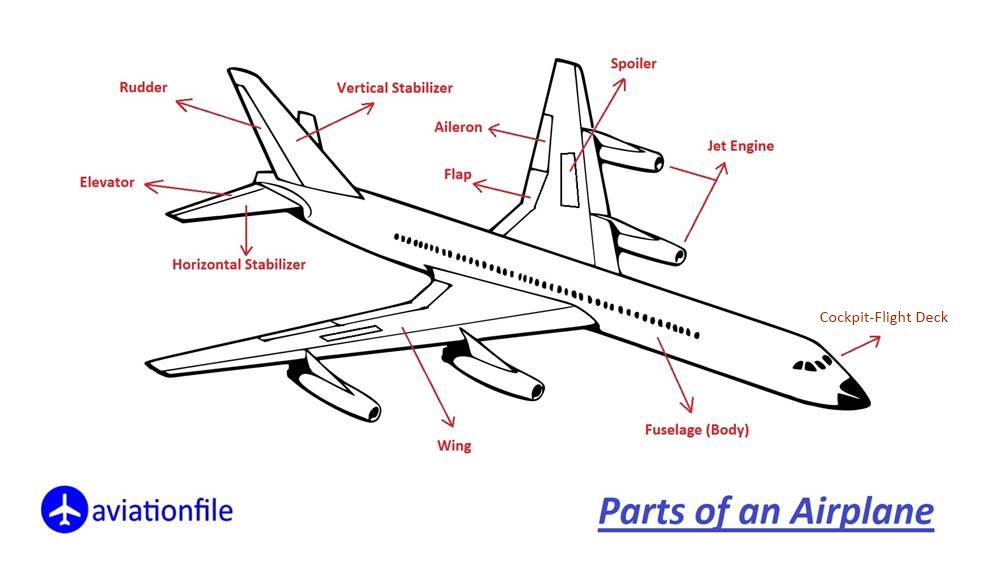
The amount of flaps that are extended will depend on the weight of the aircraft, the length of the runway, and the weather conditions. In general, heavier aircraft will need more flaps than lighter aircraft. Aircraft that are operating from short runways will also need more flaps. And aircraft that are taking off in windy conditions will need more flaps to compensate for the wind.
The pilot will typically extend the flaps during the takeoff roll. The flaps will then be retracted once the aircraft has reached a safe altitude.
Here are some additional things to keep in mind about the effects of flaps on takeoffs:
- The amount of flaps that are extended will also affect the handling characteristics of the aircraft. With more flaps extended, the aircraft will be more sluggish to respond to control inputs.
- Flaps can also be used to control the aircraft’s descent during landing. By extending the flaps, the pilot can increase the lift and reduce the airspeed, which makes it easier to land the aircraft smoothly.
- Flaps are a vital part of the aircraft’s flight control system. They allow the pilot to safely take off and land the aircraft in a variety of conditions.
References:
https://aerocorner.com/blog/how-flaps-work/
https://aerotoolbox.com/aircraft-flaps/
https://www.aviationfile.com/what-is-kruger-flap/
https://www.aviationfile.com/parts-of-an-airplane/
